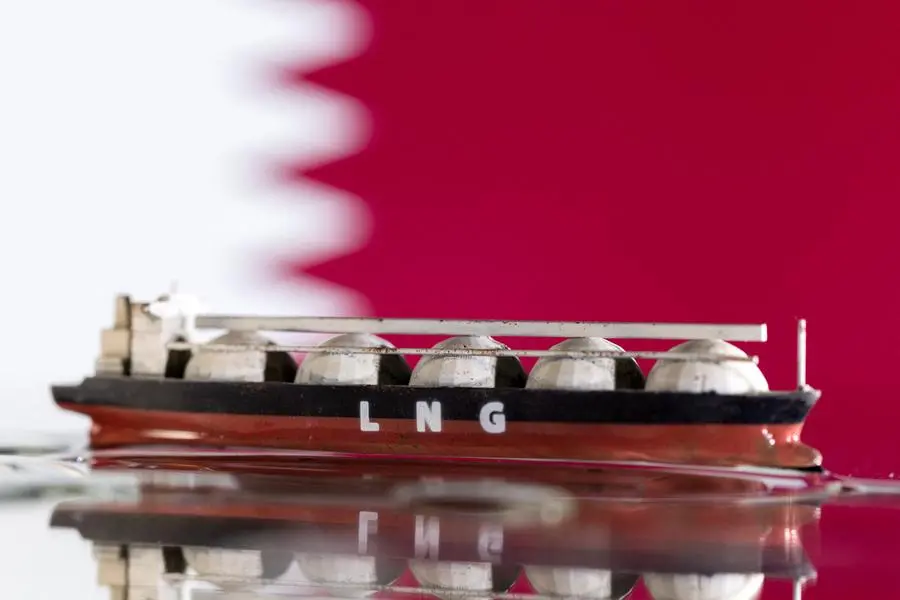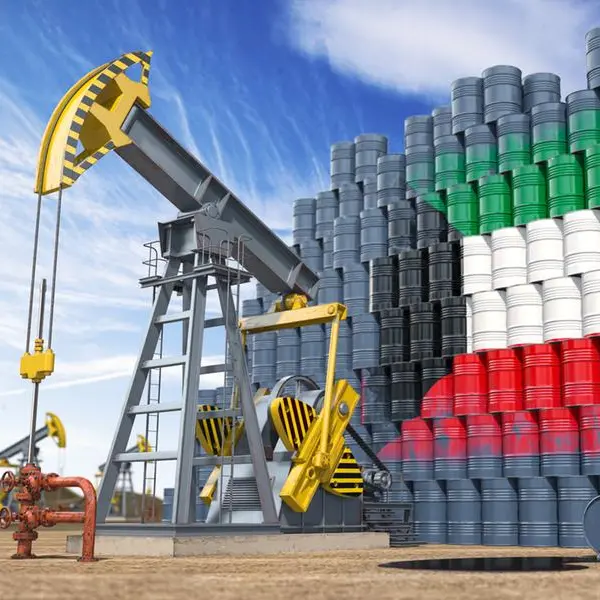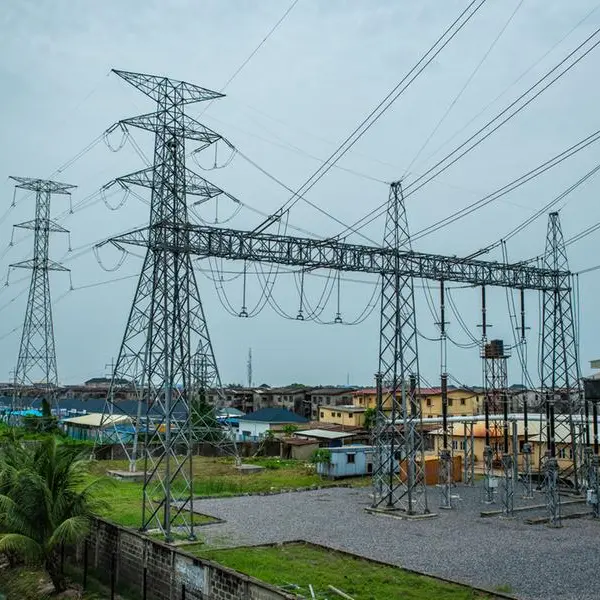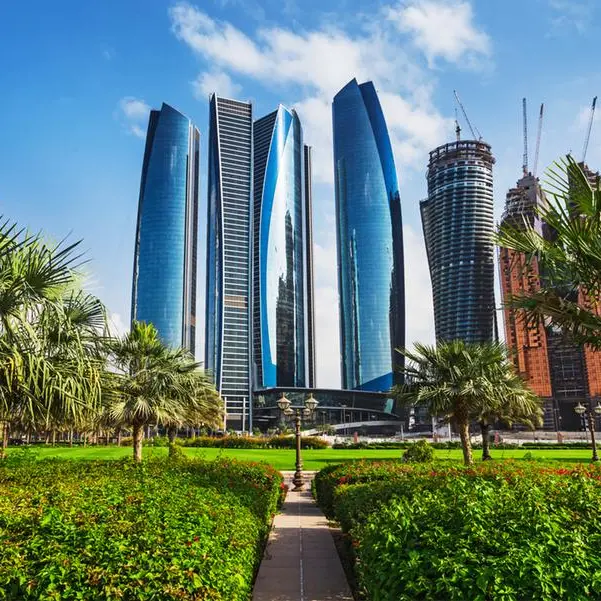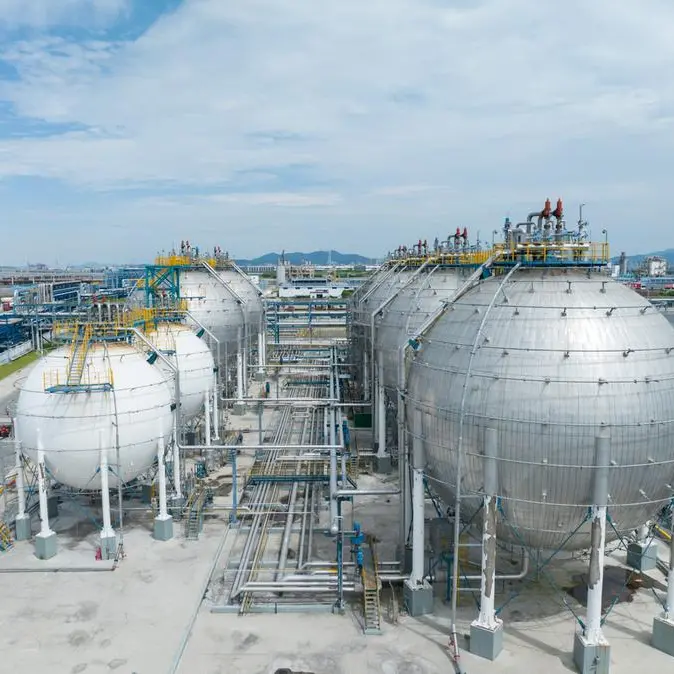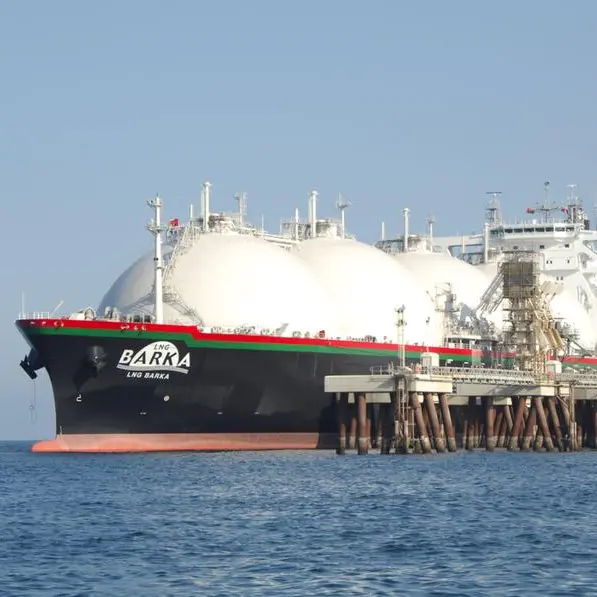PHOTO
Doha, Qatar: Between January and February 2024, global LNG exports grew by 4% (2.74 million tonnes) y-o-y to 71.45 million tonnes (Mt), driven by GECF and non-GECF countries.
Qatar is among the top 10 LNG exporters in February 2024. The US was the largest LNG exporter in February this year, followed closely by Australia and Qatar, according to the monthly gas market report of March 2024 by Gas Exporting Countries Forum (GECF).
The global LNG exports were up marginally by 1% (0.35 Mt) y-o-y to stand at 33.95 Mt in February 2024. Both GECF and non-GECF countries supported the increase in LNG exports and offset weaker LNG reloads.
Non-GECF countries maintained its position as the largest LNG supplier globally, with a market share of 52.2%, up from 50.7% a year earlier.
The share of LNG exports from GECF member countries also increased from 46.7% to 47.1%, while the share of reloads declined sharply from 2.5% to 0.7%.
The GECF report stated, “LNG exports from GECF member countries and observers increased by 1.9% (0.30 Mt) y-o-y to 15.98 Mt in February 2024. The increase in LNG exports was driven by Algeria, Malaysia, Mozambique, Nigeria, Qatar and the United Arab Emirates, which offset declines in LNG exports from Angola, Egypt and Trinidad and Tobago.”
Top 10 LNG exporters in February 2024
In Algeria, the higher LNG exports was due to lower maintenance activity compared to a year earlier. In February 2023, the Skikda LNG facility underwent planned maintenance. Similarly, lower planned maintenance at the PFLNG 2 facility in Malaysia, the Bonny LNG facility in Nigeria and Qatargas 1 in Qatar led to the increase in LNG exports from all three countries, it added.
While in Mozambique, the continued ramp-up in production at the Coral South FLNG facility boosted its LNG exports. Meanwhile, the higher LNG exports from the United Arab Emirates was attributed to lower unplanned maintenance.
In February 2023, the Das Island LNG facility was impacted by an unplanned outage. Conversely, the drop in LNG exports from Angola, Egypt and Trinidad and Tobago was driven by lower feedgas availability in these countries.
The report further said, in February 2024, LNG exports from non-GECF countries rose by 3.8% (0.65 Mt) y-o-y to stand at 17.73 Mt.
The uptick in LNG exports came mainly from Australia, Norway and the US, which offset weaker LNG exports from Indonesia.
Between January and February 2024, non-GECF’s LNG exports expanded by 5.8% (2.03 Mt) y-o-y to 36.79 Mt.
The rise in Australia’s LNG exports was attributed to lower planned maintenance activity at the Gorgon LNG facility and stronger production from the Prelude LNG facility. In Norway, higher LNG exports from the Hammerfest LNG facility supported the increase in LNG exports.
Meanwhile, the continued increase in LNG exports from the Freeport LNG facility, following its restart in February 2023, and higher production from the Sabine Pass LNG facility boosted the US LNG exports. Conversely, an unplanned outage at the Tangguh LNG facility led to the decline in Indonesia’s LNG exports, it added.
© Dar Al Sharq Press, Printing and Distribution. All Rights Reserved. Provided by SyndiGate Media Inc. (Syndigate.info).
